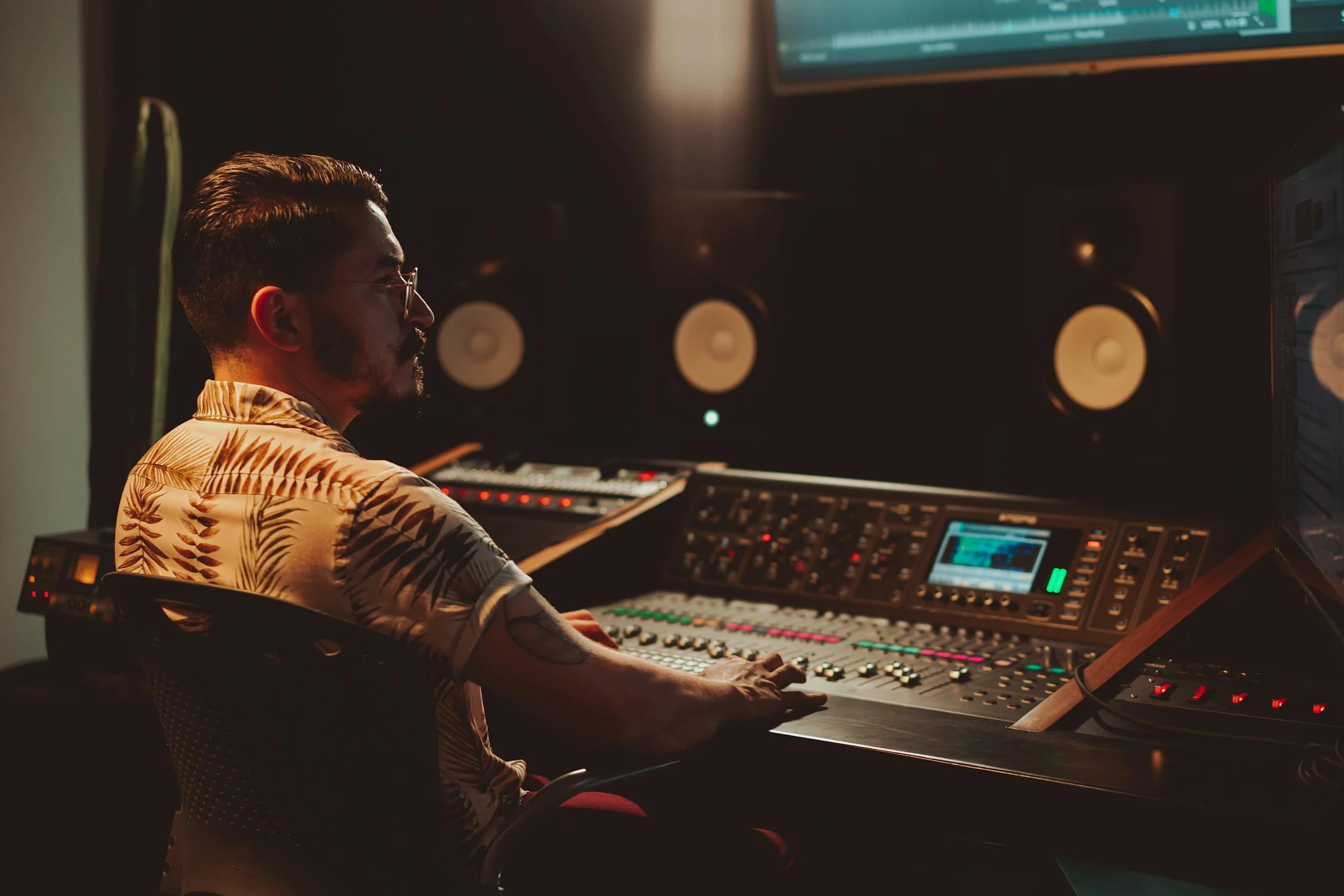From Submission to Sync: Why Verifying Music Origins Is Now Essential

The Sync Process in a Changing Landscape
The path from music submission to final sync placement isn’t as straightforward as it used to be. With the rise of AI-generated music and synthetic audio, music supervisors, sync agents, and licensing teams face a new layer of complexity. What once relied on standard metadata and trust in the creator’s identity now demands a more rigorous approach. Ensuring a track is both original and legally usable has become a core responsibility for anyone in charge of music curation.
This shift is especially noticeable in high-visibility projects like advertising campaigns, streaming series, and major film releases. With so much at stake, there’s no room for uncertainty. That’s why the music industry is starting to adopt new tools that help detect AI-generated content before it slips through the cracks and gets used in a commercial setting without proper credits.
AI’s Disruption in Music Licensing
Artificial intelligence has opened creative doors—but also introduced new risks. AI music generators are now capable of creating hyper-realistic tracks that closely mimic human compositions. These synthetic tracks can sound just like those written by experienced composers, which makes it incredibly hard to tell the difference—especially when they’re uploaded with vague or misleading metadata.
This creates both legal and ethical challenges. If the origin of a track isn’t transparent, music supervisors might unknowingly license a piece of synthetic audio trained on copyrighted material. This puts everyone involved—publishers, studios, artists, and brands—at risk of legal repercussions and loss of credibility. As AI continues to evolve, identifying the true origin of music is no longer a bonus—it’s a necessity.
The Consequences of Unverified Music
Using unverified AI-generated music in a sync project can lead to major consequences. A single AI-composed track that wasn’t properly flagged can spark copyright infringement claims, royalty confusion, or even public backlash—particularly in cases where the music mimics the style or vocals of a known artist. In the fast-paced worlds of film, TV, and advertising, these kinds of issues can derail entire campaigns or delay releases.
Beyond legal risks, there’s also the issue of brand safety and audience trust. Consumers are becoming more aware of synthetic content, and using AI-generated music without disclosure can appear deceptive. For brands that build their identity on authenticity or artistic values, using unverified music could result in long-term damage. This is why verifying track origins using AI detection tools are now a part of responsible sync licensing.
The Role of AI Detection Tools
Platforms like aimusicdetection.com offer music professionals a much-needed solution. These tools use advanced algorithms to analyze audio files and determine whether they were created by humans or generated using AI. By identifying structural and stylistic markers of synthetic audio, these platforms provide reliable insight into a track’s true origin.
Integrating AI music detection into the sync process gives supervisors, libraries, and publishers peace of mind. It streamlines the review process, ensures legal compliance, and protects creative teams from using unauthorized or misrepresented content. It also empowers organizations to build sync catalogs that are trustworthy and future-proof in an industry where synthetic content is growing rapidly.
Conclusion
AI-generated music is here to stay—but that doesn’t mean we should stop asking where it came from. With synthetic audio blending seamlessly into human-made catalogs, music professionals need reliable tools to keep things transparent and above board. Verifying music origins isn’t just about avoiding legal trouble—it’s about preserving the integrity of creative work in the digital age.
By using platforms like aimusicdetection.com, supervisors, publishers, and studios can make smarter, safer decisions when curating music for commercial use. As the industry adapts to AI, detection tools will play a critical role in ensuring that music licensing remains ethical, clear, and built on trust.
